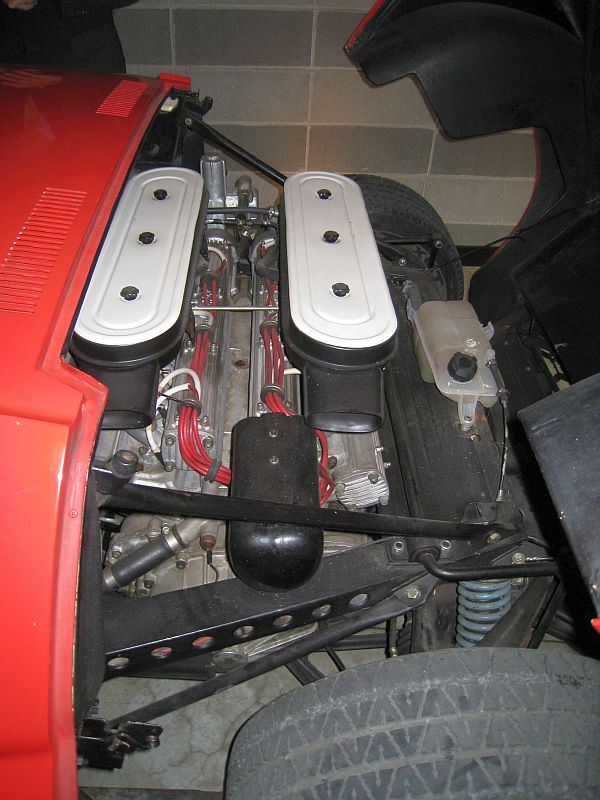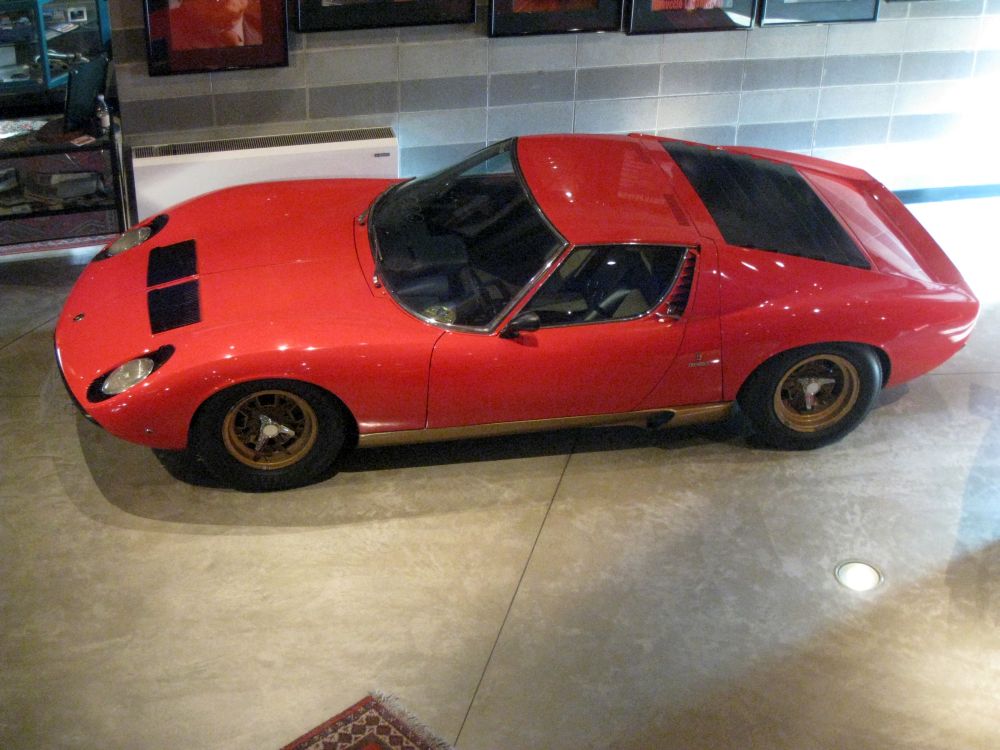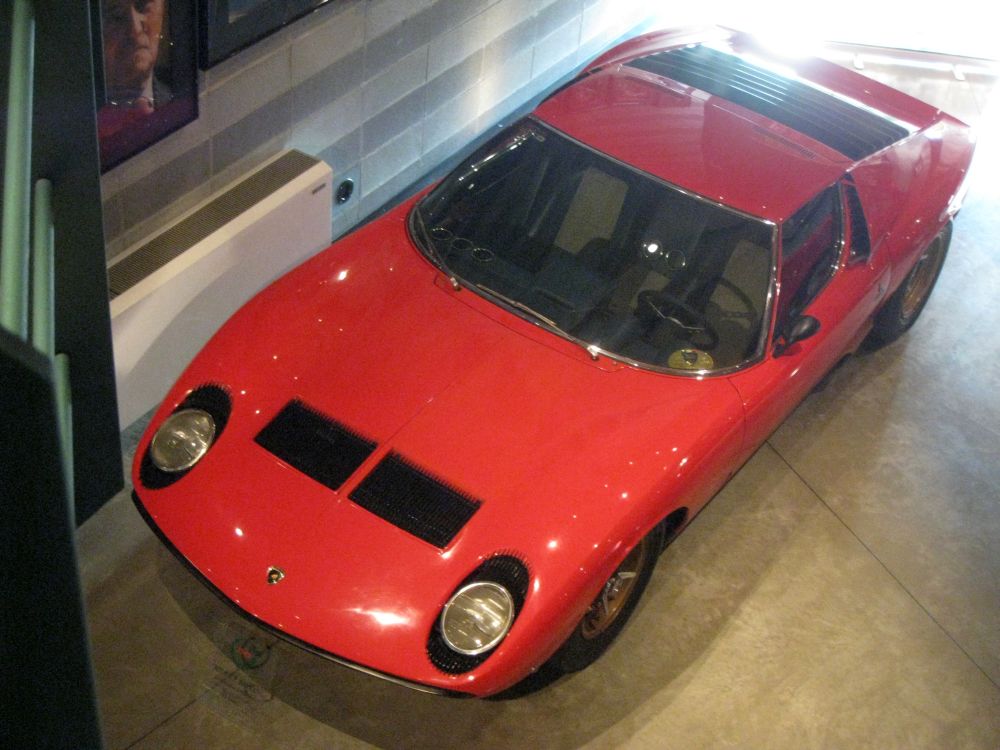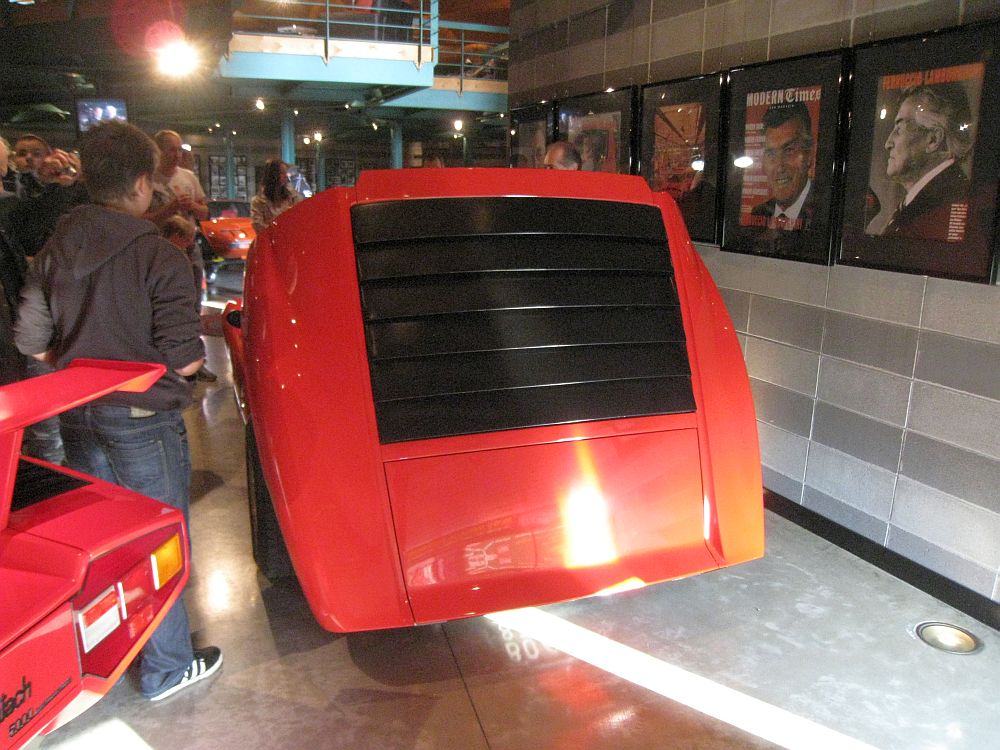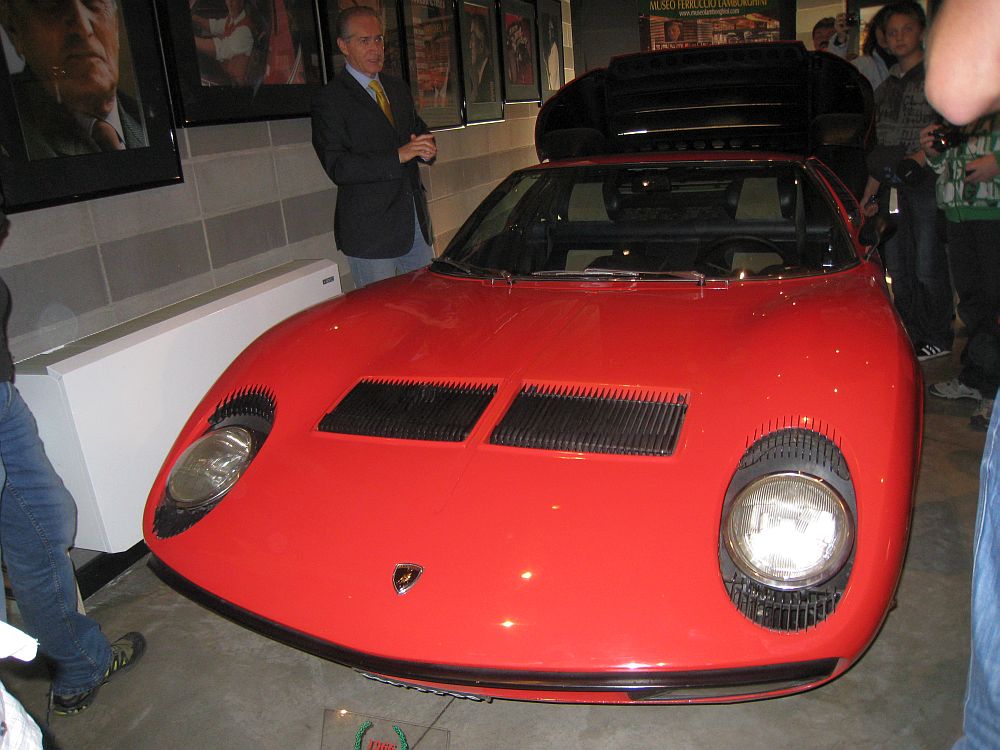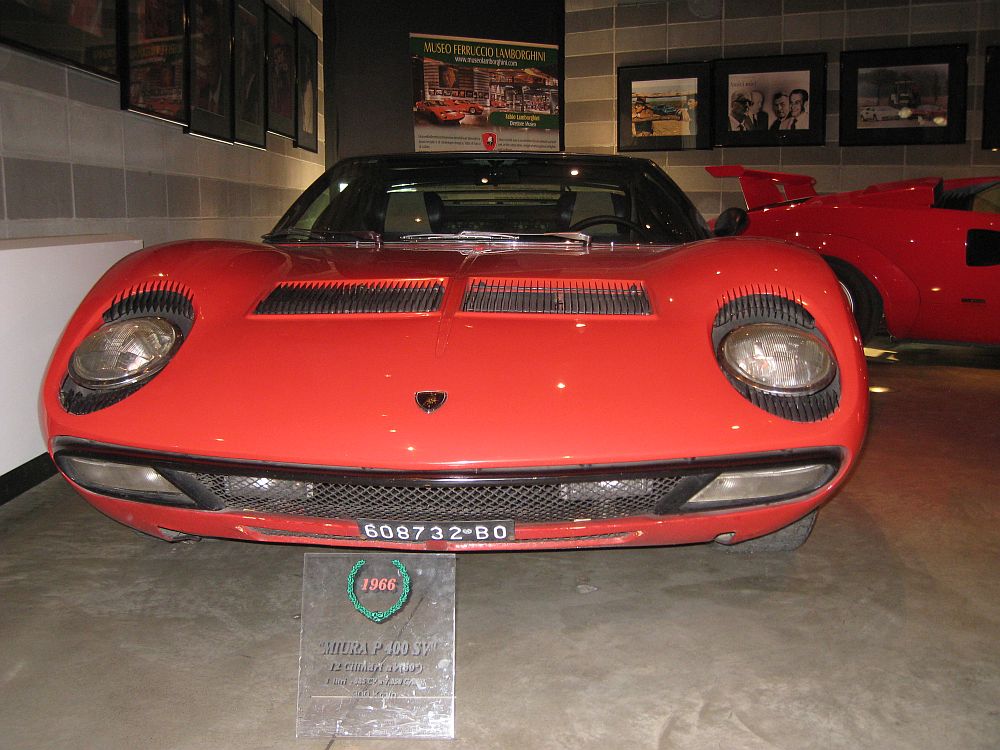Description
The Lamborghini Miura P 400 SV, introduced in 1971, was the ultimate evolution of the car that defined the modern supercar. The “SV” stood for Super Veloce—super fast—and the name was no exaggeration. It represented the final, most powerful, and most refined version of the Miura, the car that had transformed Lamborghini from a small GT manufacturer into a world leader in performance and design. The Miura SV was more than a refinement; it was a masterpiece that perfected the balance between beauty, speed, and engineering sophistication.
By the time the SV appeared, the Miura had already become an icon. The original P 400 had shocked the world in 1966 with its radical mid-engine layout, while the P 400 S of 1968 had improved refinement and power. But Lamborghini’s engineers, led by Paolo Stanzani and assisted by test driver Bob Wallace, saw room for improvement. The Miura was incredibly fast but demanding to drive at high speed. The SV addressed these issues, delivering greater stability, improved handling, and more torque from its magnificent V12 engine.
The heart of the Miura SV remained the transversely mounted 3,929 cc all-aluminium V12, designed by Giotto Bizzarrini and continually refined by Lamborghini’s in-house team. In SV specification, it produced 385 horsepower at 7,850 rpm and 400 Nm of torque, thanks to revised camshaft profiles, larger carburetors, and better engine breathing. The gearbox received its own lubrication system, separate from the engine’s—a critical improvement over earlier Miuras, where shared oiling could lead to contamination and wear. Power was transmitted through a five-speed manual gearbox to the rear wheels, enabling a top speed of 295 km/h (183 mph) and a 0–100 km/h (62 mph) sprint in about 5.5 seconds.
The chassis was significantly strengthened for the SV, improving rigidity and reducing flex at high speeds. Wider rear tyres—massive for the time—were fitted to improve traction, which required flaring the rear fenders. This subtle but distinctive change gave the SV a broader, more muscular stance that perfectly suited its power. The suspension geometry was revised, lowering the rear slightly and improving stability at speed. Four-wheel ventilated Girling disc brakes and a refined steering setup gave the car a more predictable and balanced feel, transforming the Miura from a thrilling but nervous sports car into a genuinely composed grand tourer.
Visually, the Miura SV was breathtaking. Marcello Gandini’s original design for Bertone was already one of the most beautiful automotive shapes ever created, but the SV’s refinements gave it a more aggressive and mature character. The famous “eyelash” trim around the headlamps was deleted, giving the front a cleaner, sharper look. The rear haunches were widened to accommodate the larger tyres, and the taillights were restyled for a more modern, cohesive appearance. The combination of sensual curves and taut aggression gave the SV a timeless allure—still instantly recognizable as one of the most beautiful cars ever built.
Inside, the SV was the most luxurious Miura yet. The cabin was trimmed in rich leather, with improved sound insulation and ventilation. The dashboard was redesigned for greater clarity, and new switchgear and instrumentation reflected Lamborghini’s growing attention to usability. Air conditioning was optional but increasingly common, and the seats were reshaped for better comfort and support. Despite the Miura’s exotic engineering, the SV could be driven long distances in surprising comfort—a grand touring car with the heart of a racing machine.
On the road, the Miura SV delivered a driving experience that was both thrilling and sophisticated. The engine’s power delivery was smoother and stronger than before, with torque available throughout the rev range. The handling was more stable, the steering more precise, and the ride more composed, even at speeds exceeding 250 km/h. The V12’s sound—a symphony of induction roar and metallic fury—was unforgettable, a mechanical opera that defined the Lamborghini character for generations to come.
Production of the Miura SV ran from 1971 to 1973, with only 150 examples built, including a handful of rare SVJ versions specially tuned by Bob Wallace to near-competition specification. Each SV was hand-assembled in Sant’Agata Bolognese, with small differences between individual cars reflecting the artisanal nature of Lamborghini’s early production methods.
The Miura SV marked the end of an era. It was the last and most advanced version of the world’s first true supercar, produced just as Lamborghini shifted focus toward the Countach and the next generation of mid-engine designs. The SV perfected everything that made the Miura extraordinary—its shape, its sound, its sensation of pure speed—and brought a level of maturity and refinement that earlier versions only hinted at.
Today, the Lamborghini Miura P 400 SV is considered one of the greatest automobiles ever built. It represents the pinnacle of 1960s and early 1970s automotive artistry—a perfect harmony of design, engineering, and emotion. Collectors regard it as the most desirable of all Miuras, and its influence can still be felt in every supercar that followed.
The Miura SV was not just a car; it was the moment when art and engineering met in perfect balance. It embodied the spirit of its age—audacious, beautiful, and impossibly fast—and more than fifty years later, it remains the very definition of what a Lamborghini should be: dramatic, powerful, and utterly unforgettable.

